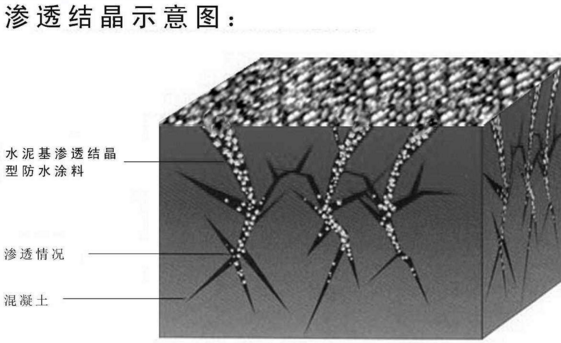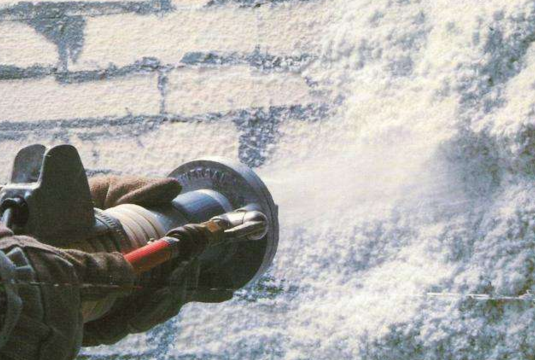How inorganic coating performance compares with organic coatings
Inorganic coating is a popular coating on the market. It mainly uses inorganic mineral materials as film-forming substances. It is widely used in painting, architecture and other fields. How about the performance of inorganic coatings ? How is it different from organic coatings? Let's learn about it with Xiaobian.

First, how inorganic paint performance
The inorganic polymer coating contained in the inorganic coating can react with the iron atoms on the surface of the steel structure, thus acting as a dual protection of the physical and chemical. Not only does it have no pollution to the environment, but the corrosion resistance can reach the international leading position. The key to the standard is its long service life.

The inorganic coating made of alkali metal silicate aqueous solution and colloidal silica, adding some pigments, auxiliaries and the like, can have good decorative performance, and is resistant to water, pollution, alkali, gas, etc. Excellent performance. Not only that, inorganic coatings have excellent petrochemical properties, and their non-flammable properties are not only temperature-resistant but also flame-retardant.
Inorganic coatings are water-repellent, have a basic effect of filtration, can prevent the coating from forming bubbles, etc. The breathability is also very good, basically it will not breed bacteria and moss. The color of the paint has undergone special oxidation modification and will not fade. This paint will not have any odor, allergies, etc., and is beneficial to the protection of the ecological environment. It is basically suitable for all mineral constructions.

Second, what is the difference between inorganic coatings and organic coatings?
1, compared to the durability of color
Inorganic coatings are natural inorganic pigments that have the effect of never fading and can basically keep the color unchanged for 70 years. Organic paints use organic pigments, which fade 50%-70% after 600 days.
2, compared to the adhesiveness
Inorganic coating has a petrochemical effect, which can be permanently combined with the mineral wall surface, and will infiltrate into the wall about 1mm, forming a waterproof, acid-resistant surface layer of silicified silica. The organic coating knowledge mechanical surface bonding, the bond strength will vary according to the proportion of the bond.

3, compared with the shrinkage coefficient
The coefficient of expansion and shrinkage of inorganic coatings and the mineral wall surface generally do not cause cracking under environmental changes. The coefficient of expansion and shrinkage of organic coatings is 10-20 times larger than that of ordinary walls, and the paint is prone to thermal cracking. Fall off.
4, compared to anti-alkaline
Inorganic coatings are alkaline and will not be contaminated, chalked, peeled off, etc. by alkaline wall attack. The organic coating is acidic, but it is easily destroyed by the alkaline wall, resulting in powdering and blistering.
5, construction contrast
Inorganic coating construction is relatively simple and quick, on the basis of the wall level, directly with the drum, brush, spray gun, etc. can be applied, and the acidic organic paint needs to be primed before painting, but also need to brush more than two times.

Editor's Note: The above is about the inorganic coating performance and how it differs from the organic coating. I hope that the contents of the Xiaobian can let everyone know more about inorganic coatings. If you want to learn more about coating related knowledge, you can pay attention to our website information.
Inorganic coating
Hebei Yicheng Wire Mesh Products Co., Ltd , https://www.yc-fence.com